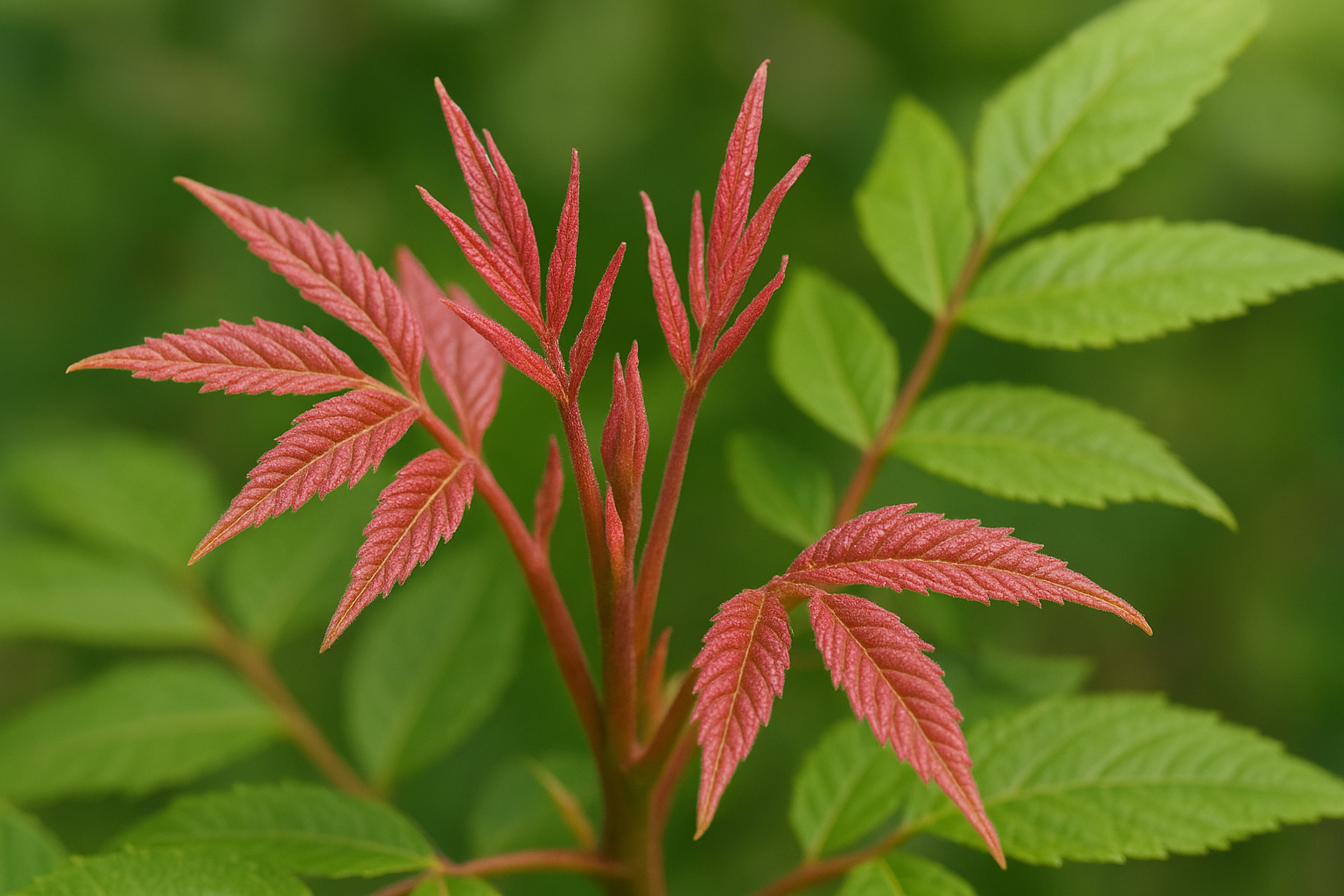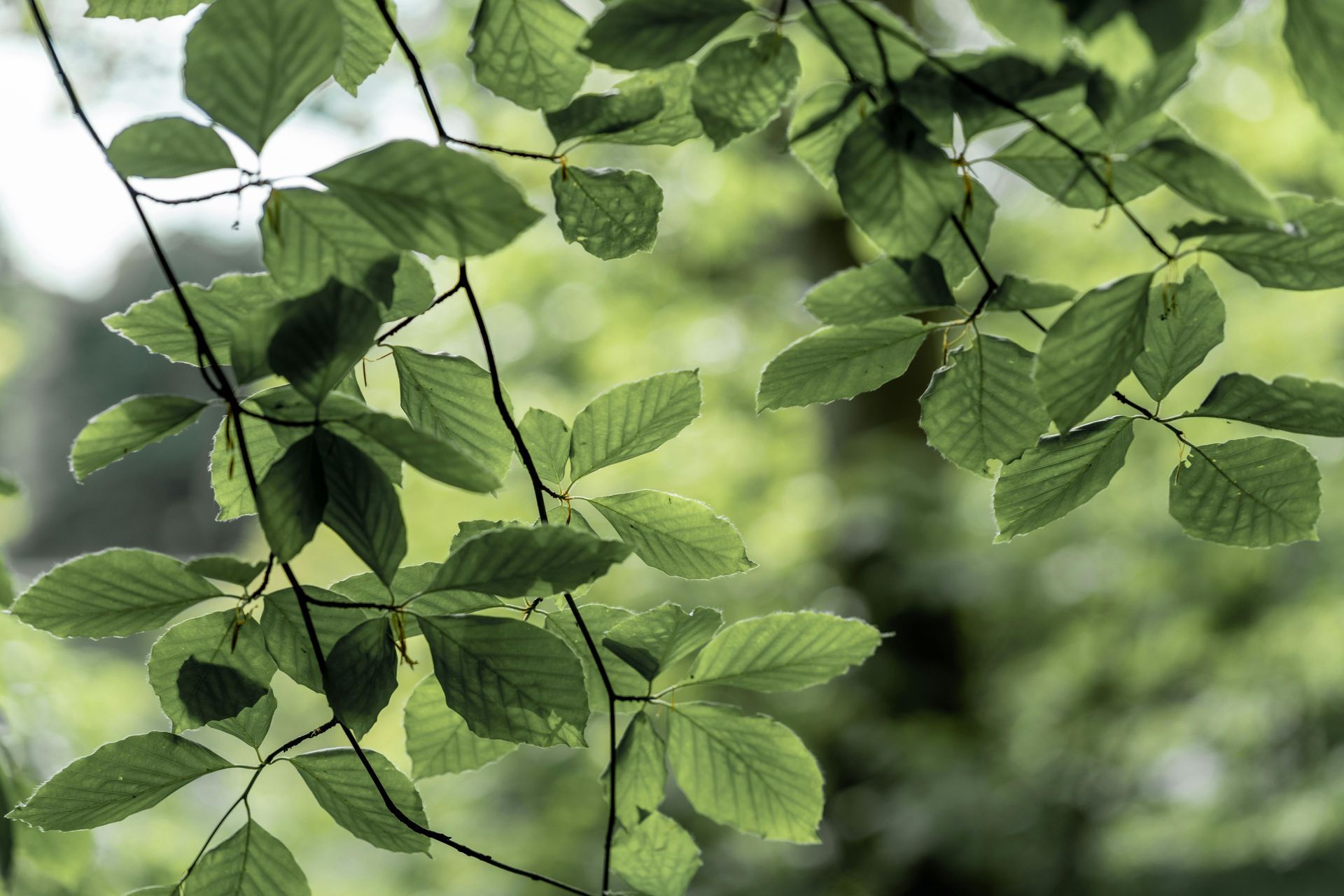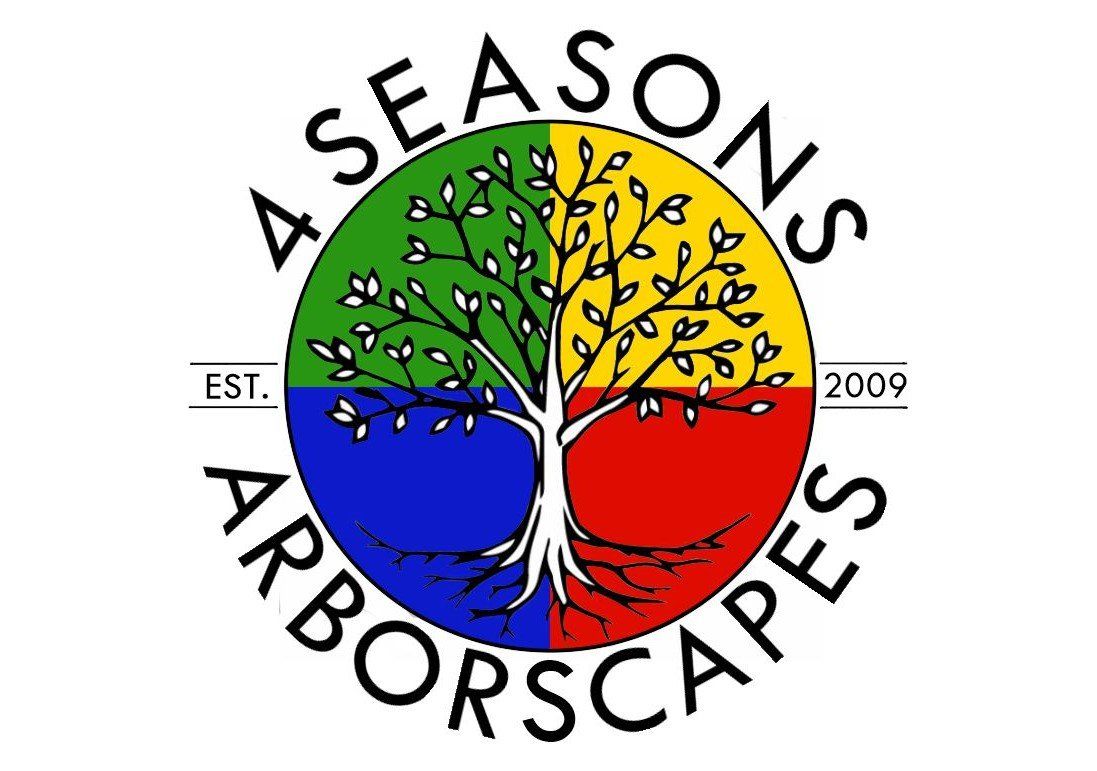Derecho: The Impact on Our Ecosystems
On Monday August 10, 2020, a derecho swept across the states of South Dakota, Nebraska, Iowa, Wisconsin, Illinois, Indiana, Michigan, and Ohio. It left behind widespread and devastating damage in its wake, hitting central and eastern Iowa the hardest. Wind speeds were estimated as high as 140 mph. In Iowa, derechos occur every year or two on average, winds above 85 mph like that the one on August 10, are quite unusual.
An estimated 14 millions acres of insured crops were damaged. Grain bins were lost, along with farm buildings. Barns that were in families for 150 years, destroyed.
The derecho destroyed one-fourth of the trees in Iowa’s forests. The damage to the tree canopy in Cedar Rapids was worse than the statewide loss. It’s estimated that the city lost 65 percent of its trees in the August storm. Clean-up efforts began immediately and lasted months because of the volume. When it was all done, more than 4.2 million cubic yards of tree debris was hauled away.
Cedar Rapids announced in September of 2020 plans are underway to replenish the thousands of trees lost in Cedar Rapids. The “ReLeaf Initiative,” is a plan to replant the estimated 100,000 trees lost over the next ten years.
All along the streets, you see new trees planted and being watered, the start of replacing so many lost.
Check out the latest:









